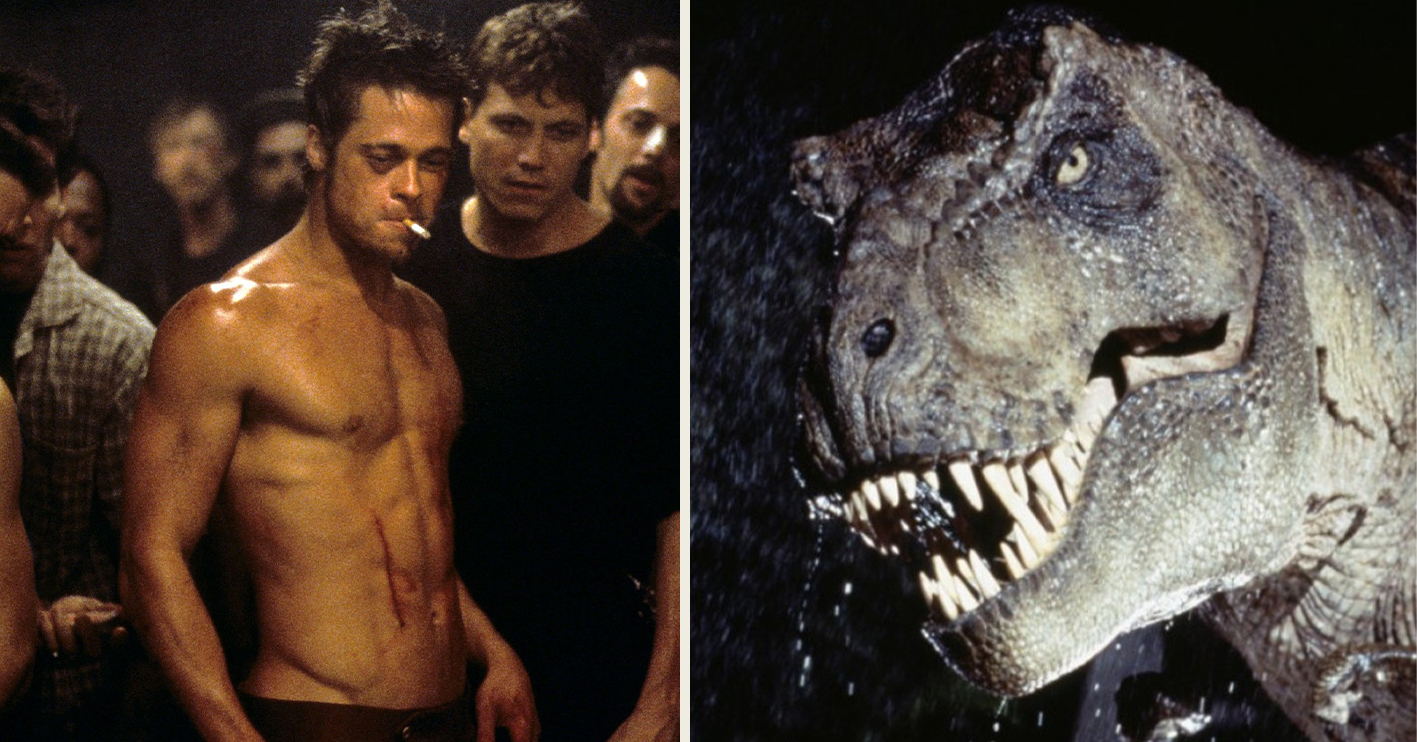The phrase “the book is better than the movie” is such an age-old adage that it’s impossible to determine when people started saying it, or what movie adaptation first caused people to make up their mind about it. However, it seems like people still broadly agree, with people rolling their eyes and worrying about the characters and plots that will be lost, ruined or changed every time a new movie adaptation is announced.
With that said, it’s not true that every movie is worse than the book it was adapted from, as proven by the films listed below. Here are the movies that are actually way better than the books they are based on, from the average books that made good films to the great movies that came from already good novels.
20. Die Hard
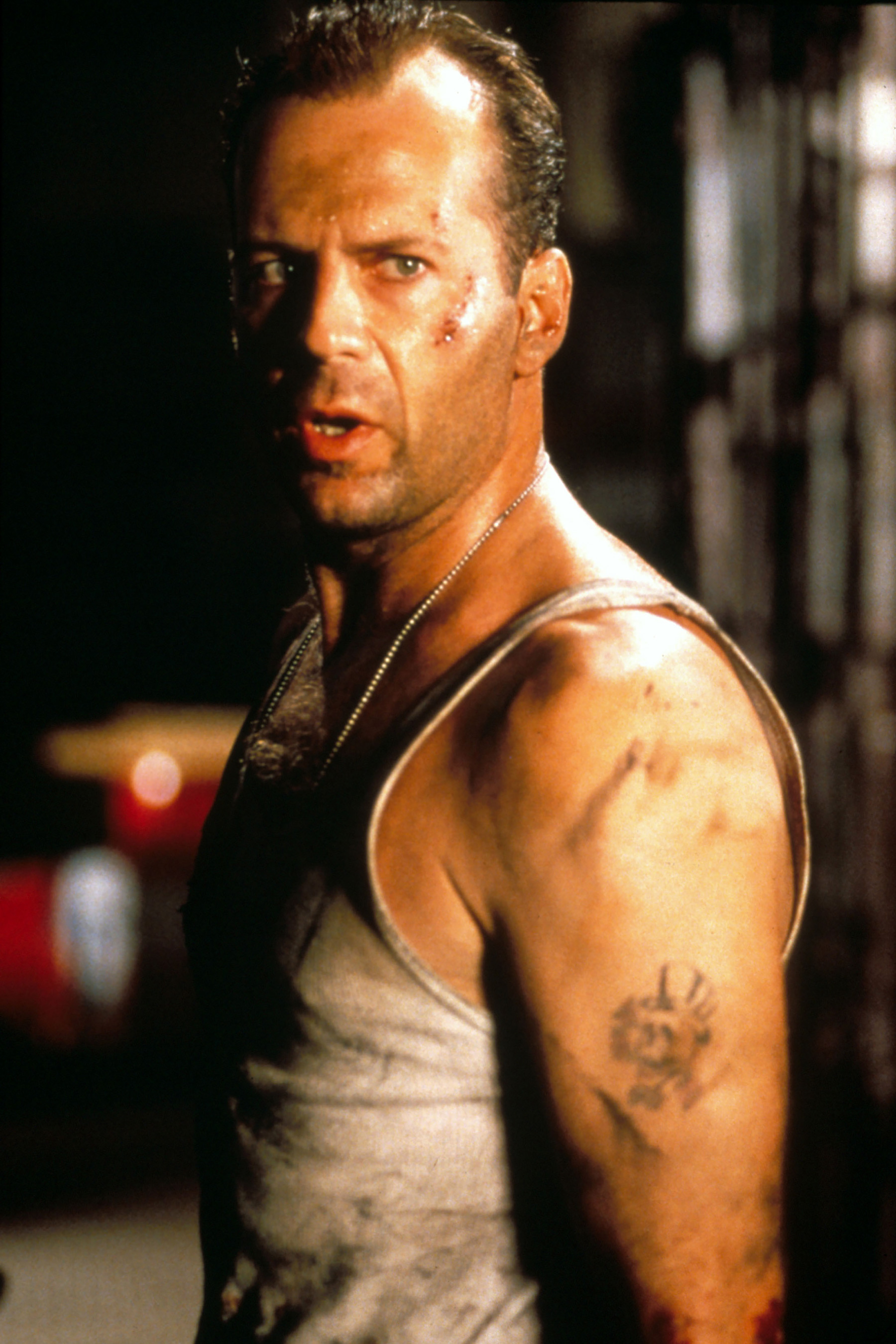
You probably know Die Hard as the franchise-spawning action movie that features a lot of belly crawling through air vents, that may or may not be a Christmas movie, but did you know there’s also a novel?
[rtk_adunit_top]
The book on which Die Hard is based is called Nothing Lasts Forever by Roderick Thorp, a sequel to Thorp’s earlier novel The Detective, which was itself made into a movie in 1968.
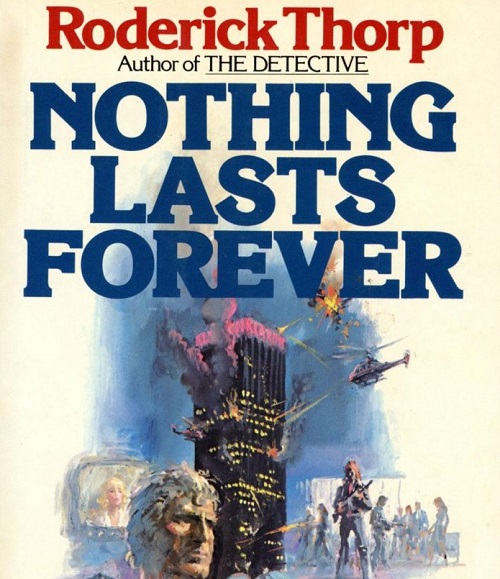
The movie is in many respects functionally identical to the novel apart from a few name changes.
[rtk_adunit_middle]
So why is the movie better? Chiefly because it features performances from icons like Bruce Willis and Alan Rickman, who flesh out the hero and villain and give them far more depth than they have on the page.
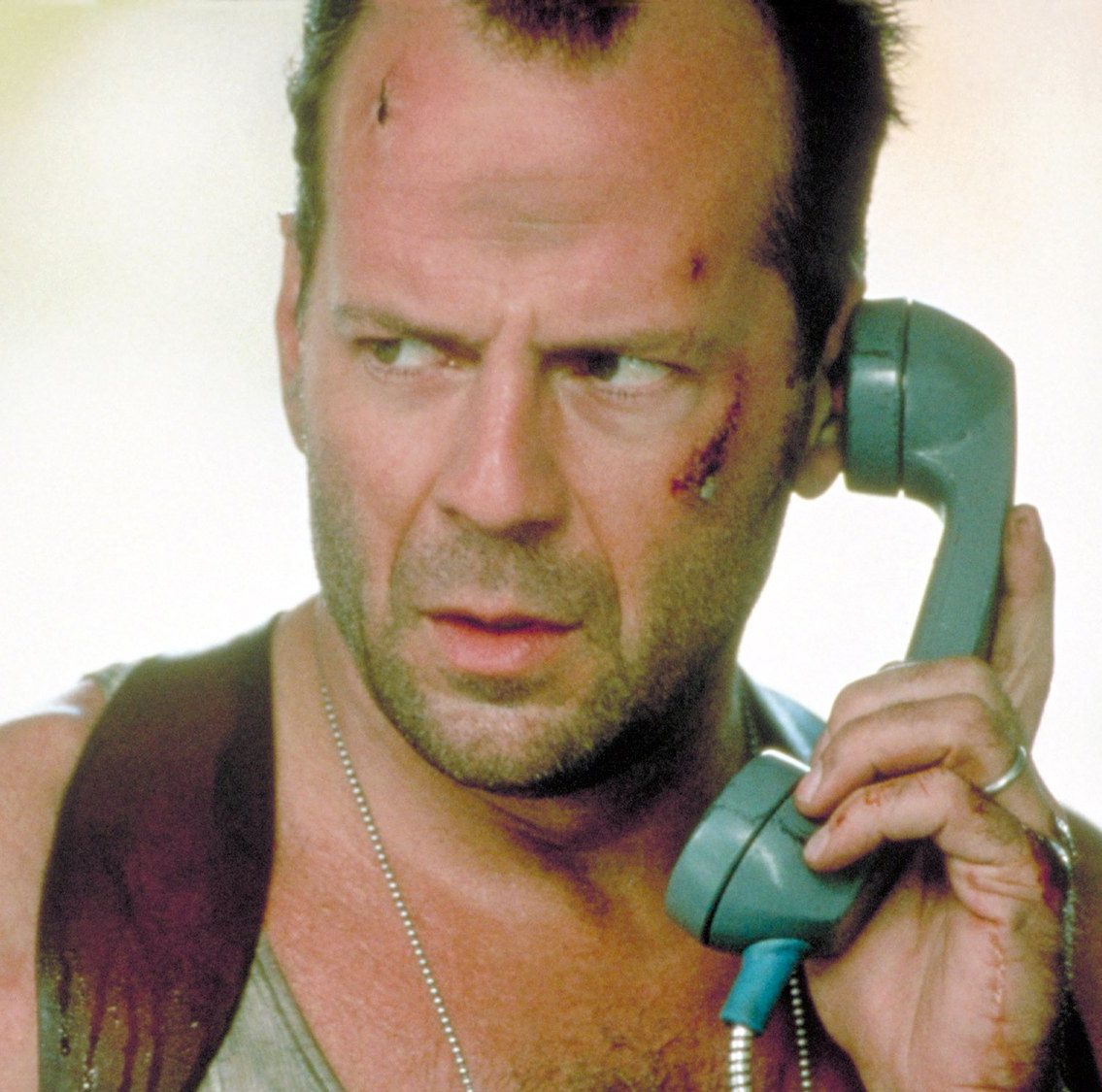
The novel’s protagonist Joe Leland is also far less quippy and wise-cracking than John McClane, which isn’t to the book’s benefit.
[rtk_adunit_bottom]
19. Babe
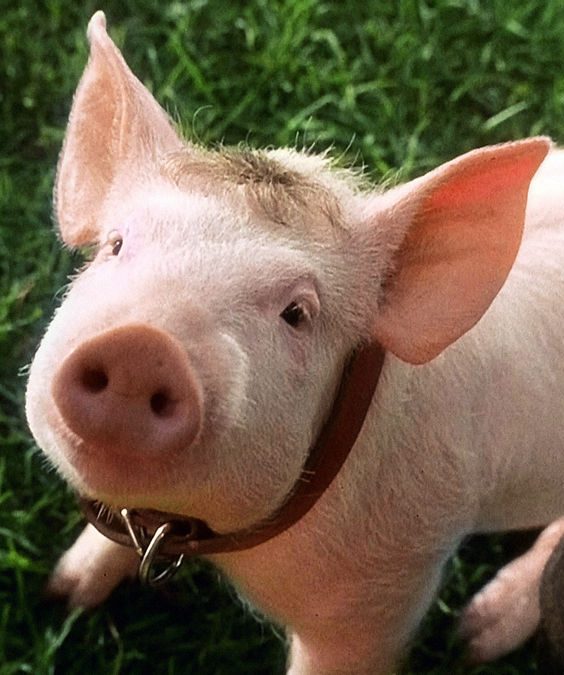
For a certain generation of kids, Babe was one of the movies they rented over and over from the video store, or played their own copy on VHS until the tape wore down.
[rtk_adunit_top]
The story of a pig who learns to be a sheepdog might sound like an odd premise, but the loveable voice acting and gentle score ensured it quickly became a children’s classic.
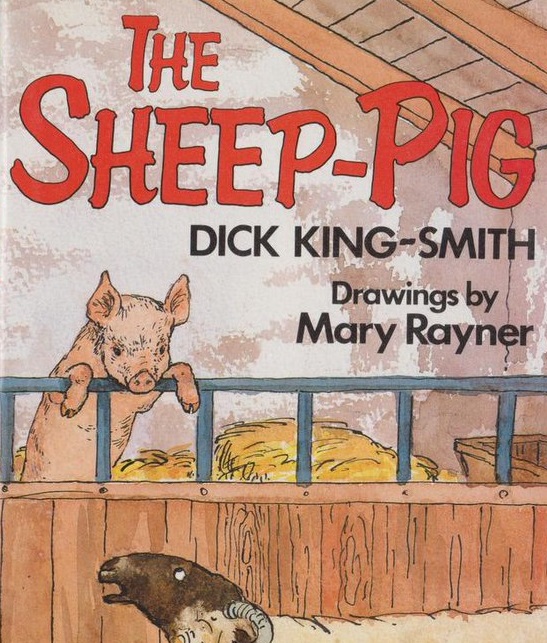
Babe is based on a book called The Sheep-Pig which was written by Dick King-Smith, a prolific kids author who has written dozens of animal stories over the years.
[rtk_adunit_middle]
However, despite the popularity of King-Smith’s works, The Sheep-Pig was the only one to inspire a big screen adaptation.
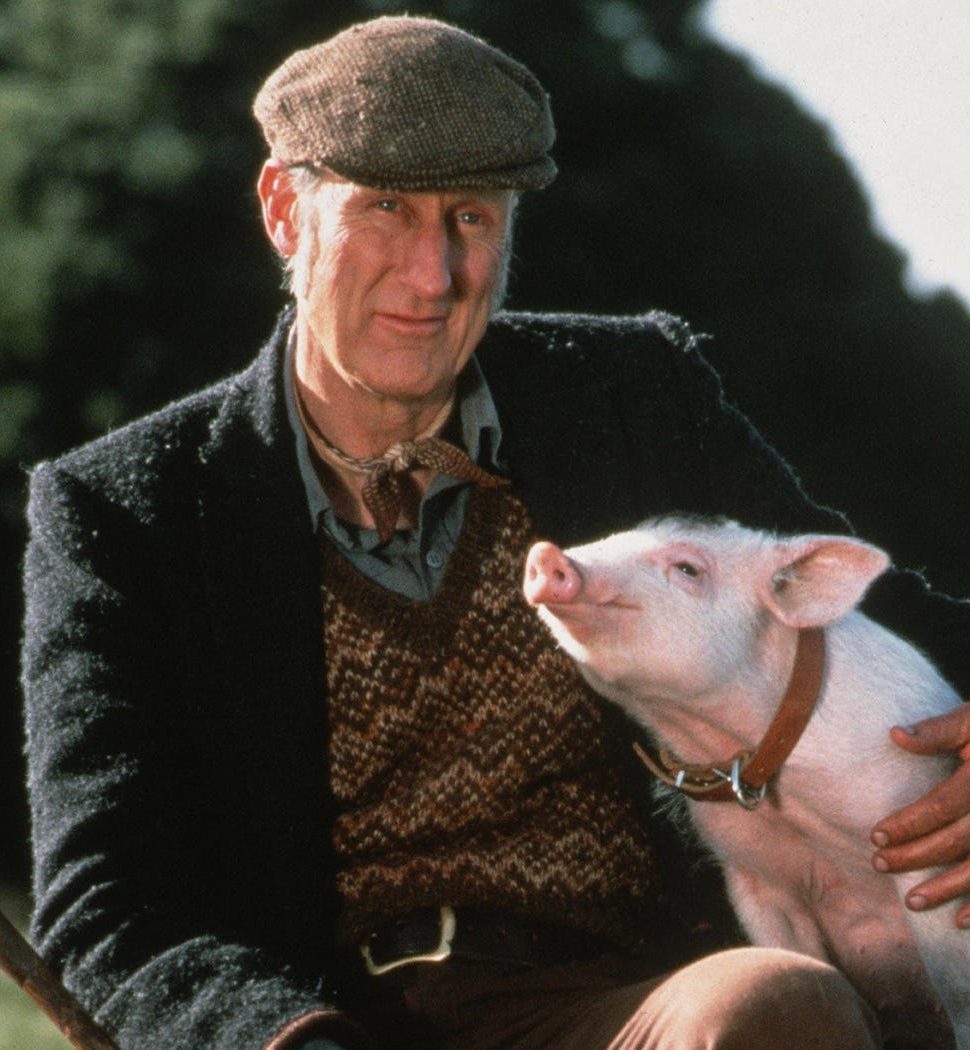
It was that adaptation that allowed for the existence of the incredible and surreal sequel Babe: Pig In The City.
[rtk_adunit_bottom]
18. Blade Runner
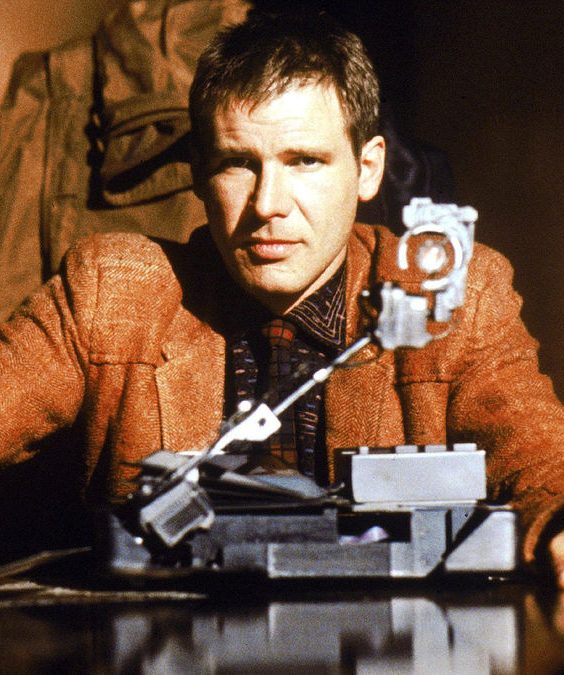
Do Androids Dream of Electric Sheep, written by Philip K. Dick in 1968, is a cult classic in the world of sci-fi books.
[rtk_adunit_top]
Director Ridley Scott and screenwriter Hampton Fancher named their film Blade Runner (lifting the title from another unproduced sci-fi script) when filming the story in 1981.
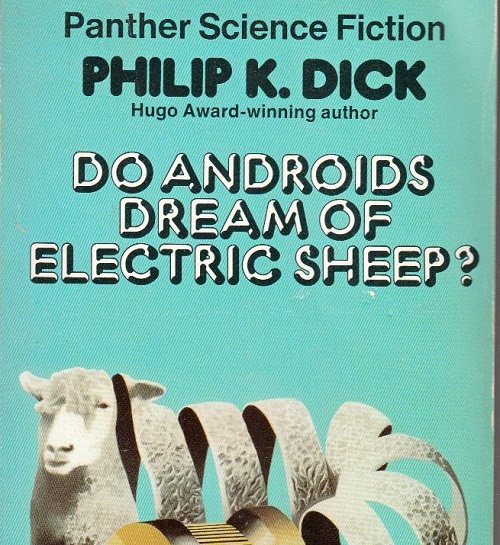
The book is widely regarded as a pioneer of the genre, with its detailed worldbuilding and complicated morality questions, and yet the adaptation still manages to be better.
[rtk_adunit_middle]
Blade Runner surpasses the book thanks to its decision to leave the question of whether Deckard is a replicant up in the air for the viewer to think about.
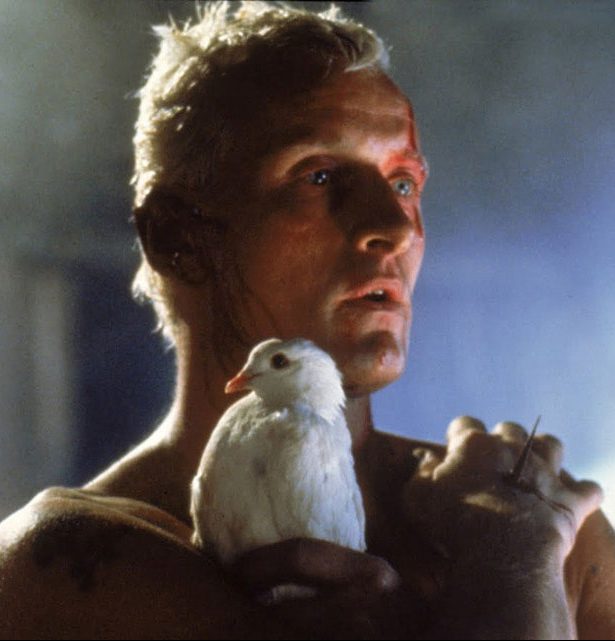
Blade Runner is also full of stunning visuals that arguably created the genre of cyberpunk, and inspired countless sci-fi spinoffs made in a similar style.
[rtk_adunit_bottom]
17. Fight Club
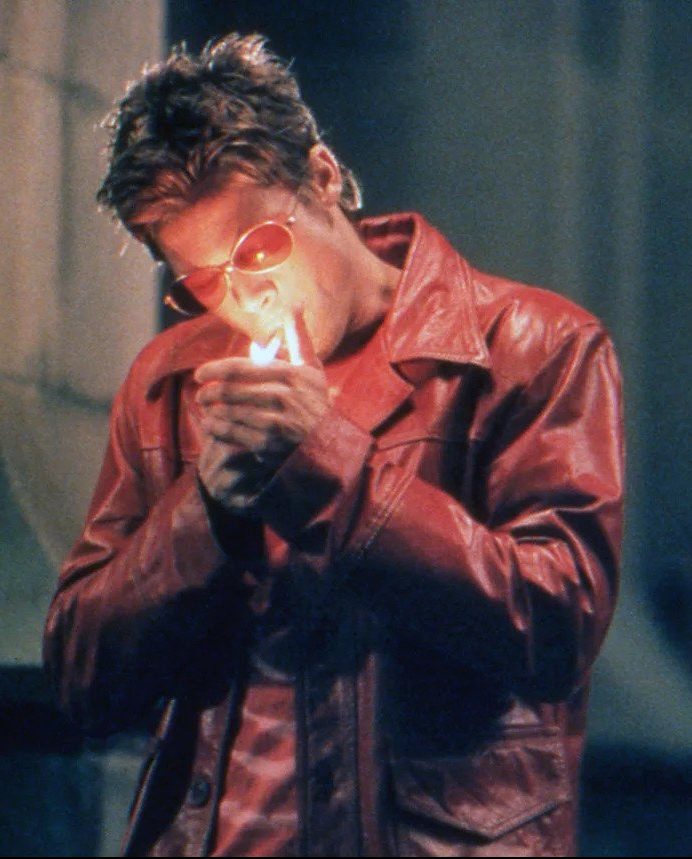
Fight Club is another lauded novel that manages to succeed even more in adaptation, just because the story can be told more effectively through film.
[rtk_adunit_top]
The novel by Chuck Palahniuk was first published in 1996, and was adapted to film by director David Fincher three years later.
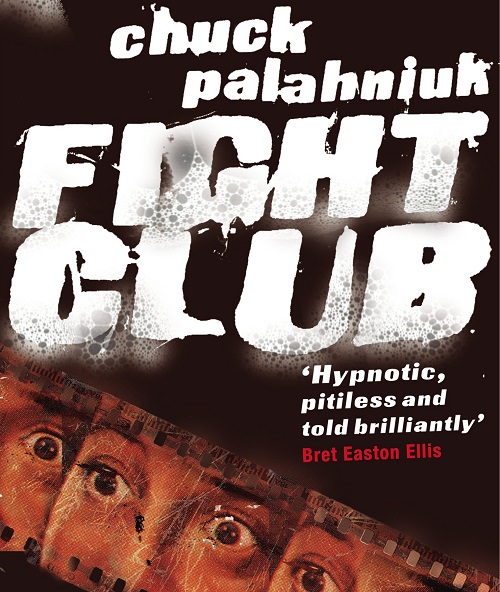
The story of a troubled and bored man descending into a cult of violence and eventually domestic terrorism is as dreary, tense and confusing in either form, but the film adds a layer to the twist that the book just can’t replicate.
[rtk_adunit_middle]
Spoilers ahead for those who don’t know the story, but the power of Fight Club hinges on the fact that both protagonists, who seem to be polar opposites, are actually the same person.
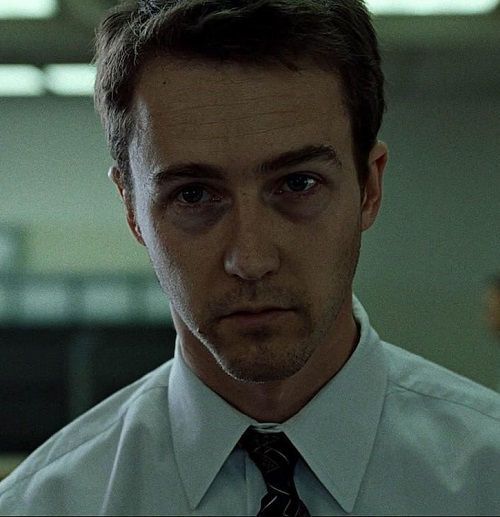
The film manages to make this twist seem all the more unexpected, while peppering in loads of little visual hints that are awesome to notice when you rewatch it.
[rtk_adunit_bottom]
16. The Princess Bride
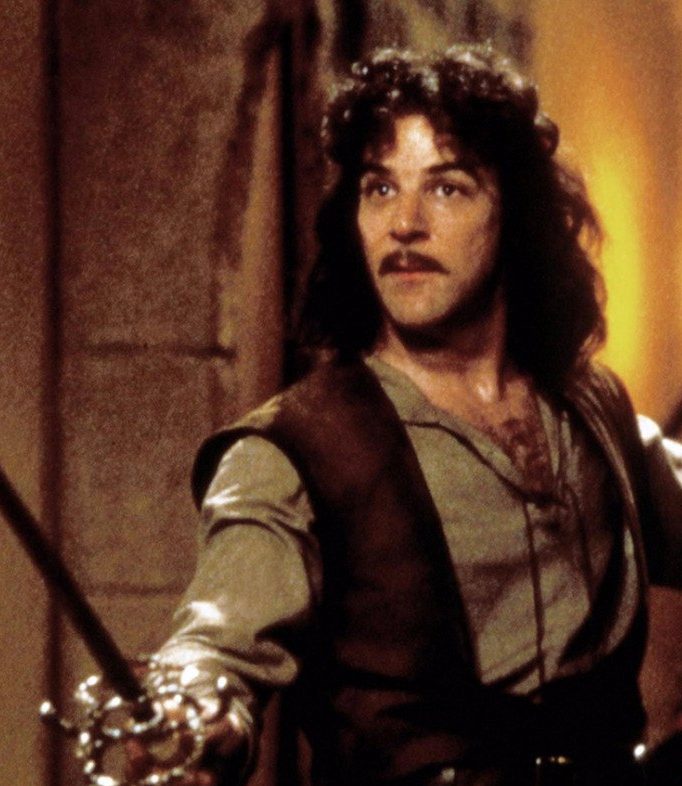
The Princess Bride is one of the most beloved children’s classics based on a novel that hardly anyone has read. It has an incredible cult following thanks to its endlessly quotable lines and witty, fast-paced action.
[rtk_adunit_top]
Written by William Goldman in 1973, the novel was long deemed unfilmable until director Rob Reiner decided to give it a go in 1987.
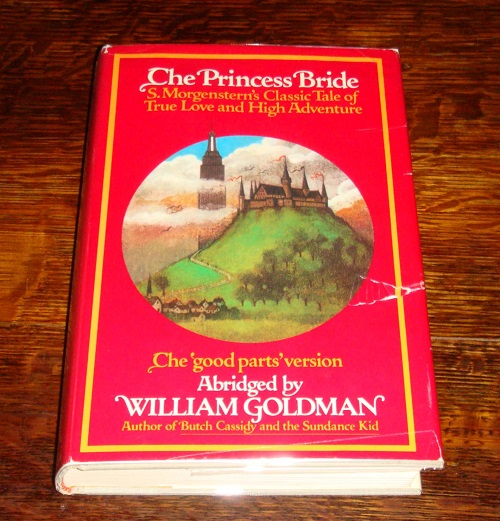
Much of the amazing dialogue and characterisations are present in the book, but the exciting and quick pace of the story is entirely the film’s invention.
[rtk_adunit_middle]
The book is actually filled with meta tangents about the fictional book it was based on, including full biographies of fictional authors who tried their best to edit and translate it to something readable from thousands of pages long.
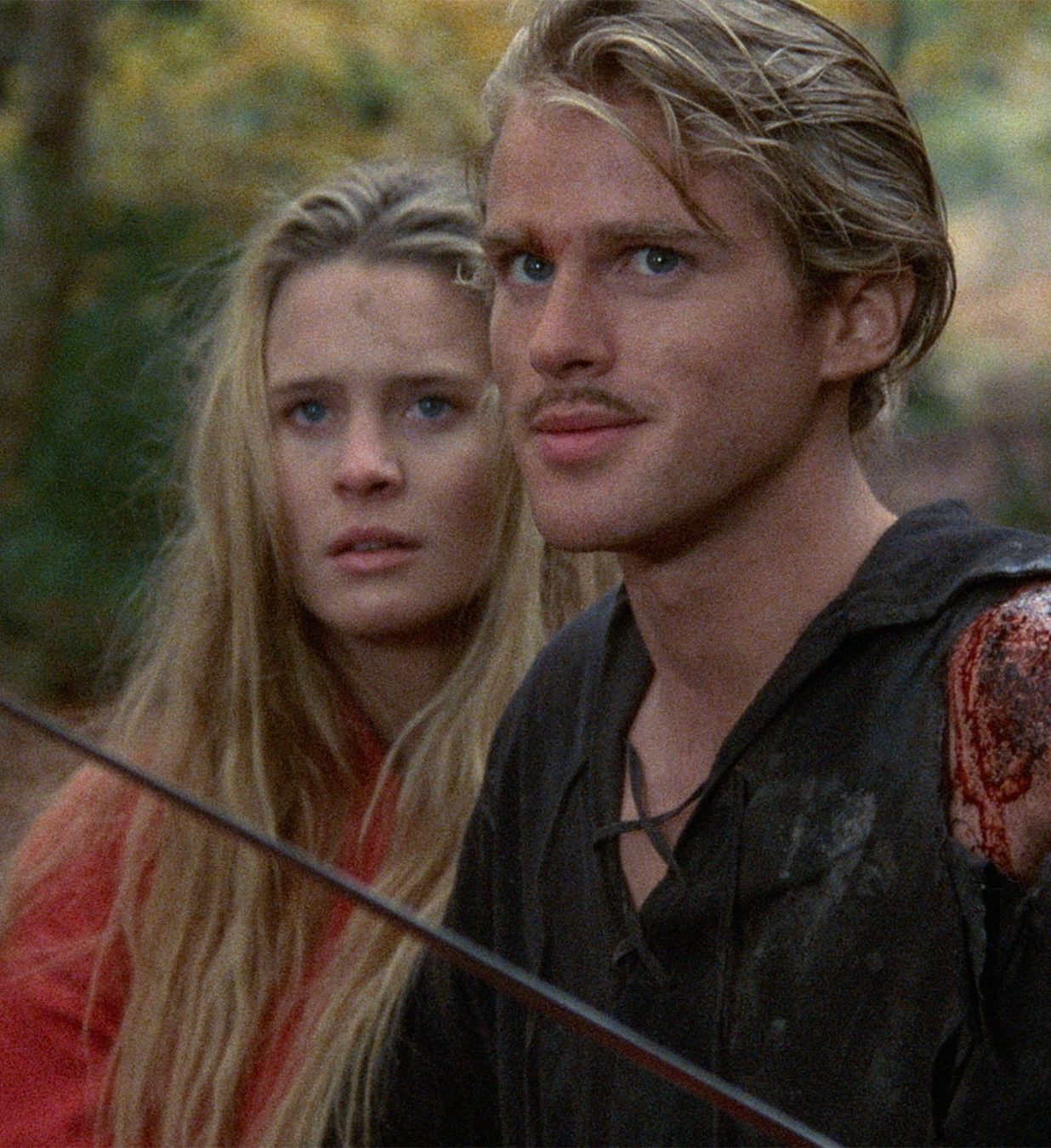
These little faux-historical details make for an interesting read, but it was the right choice to leave them out of the movie.
[rtk_adunit_bottom]
15. The Silence of the Lambs
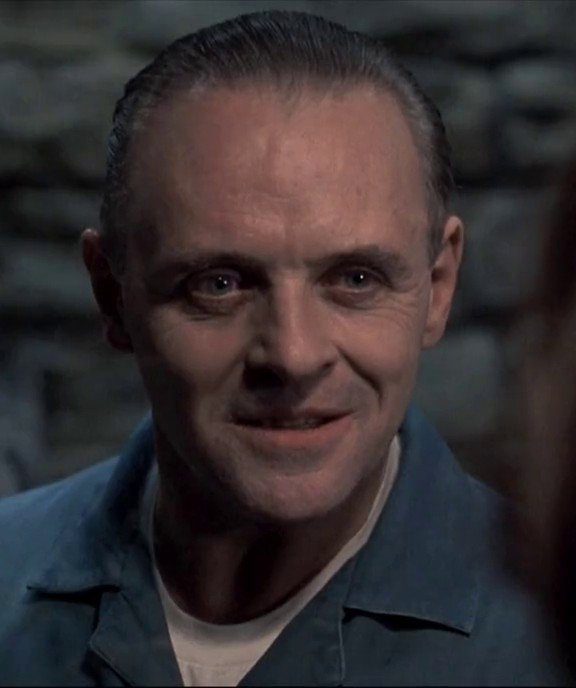
The Silence of the Lambs is based on the 1988 novel of the same name, by Thomas Harris.
[rtk_adunit_top]
The sequel to 1981 novel Red Dragon (itself originally adapted to film as Manhunter in 1986), it was the second in a series of crime novels that have been adapted into shows like Hannibal and the upcoming Clarice series.
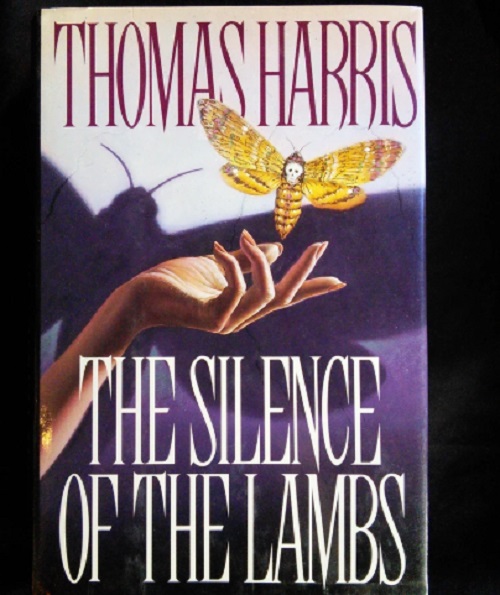
The movie follows roughly the same plotline as the book, minus a few extra plotlines and extraneous characters, but it is the development and casting of the core characters that really put the movie over the top.
[rtk_adunit_middle]
While Hannibal Lecter is more of a shadowy background character in the book, the movie zeroes in on the relationship between Hannibal and Clarice, to awesome and terrifying effect.
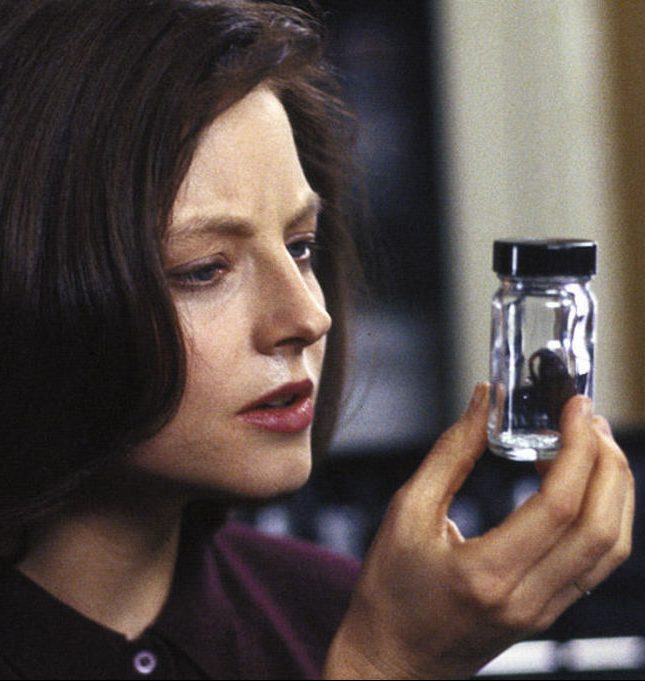
The pitch-perfect casting of both characters, plus the long, lingering dialogue scenes featuring just the two of them, is more engaging than the actual central plot of both the book and the movie.
[rtk_adunit_bottom]
14. Jaws
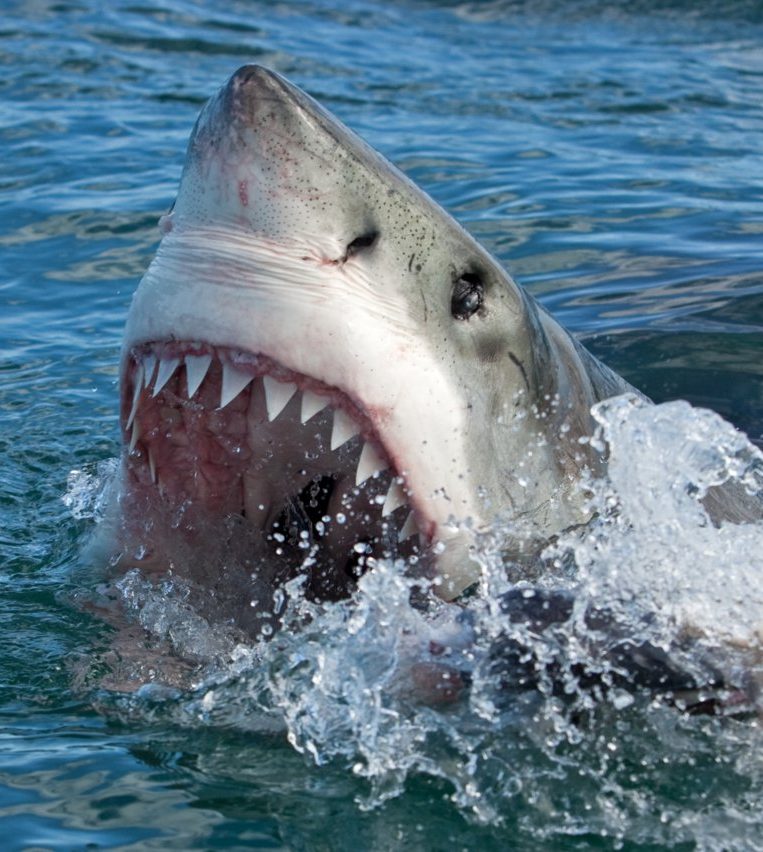
If you immediately recognise the movie and are surprised by the knowledge that there was ever a book at all, then it’s probably a given that the film has had the greater impact.
[rtk_adunit_top]
Before being filmed by Steven Spielberg, Jaws was a best-selling novel by Peter Benchley, first published in 1974.
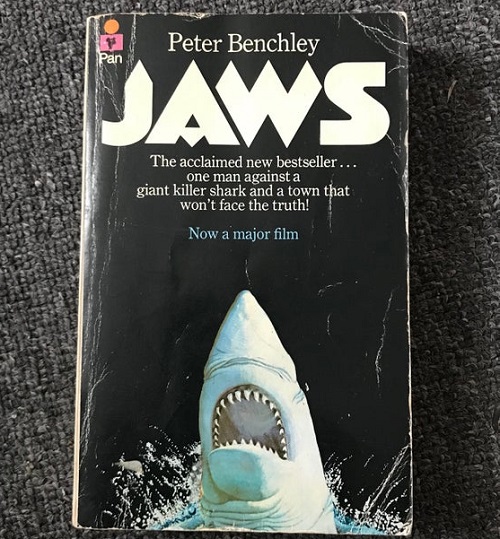
The novel was a pretty standard horror-thriller, filled with violence and terror, while the film took a more sparse and palatable approach.
[rtk_adunit_middle]
The result was the creation of the cinema blockbuster, and the elevation of Bruce the shark to a level of worldwide recognition.

The movie also chose to make the characters far more likeable and sympathetic (notably omitting the novel’s adulterous relationship between Matt Hooper and Chief Brody’s wife Ellen), which is probably what helped it along to becoming so beloved.
[rtk_adunit_bottom]
13. The Shining
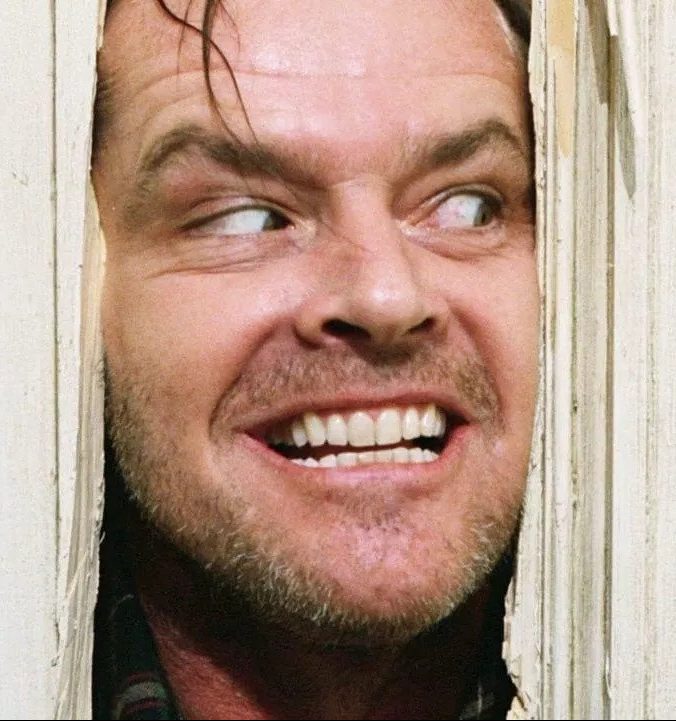
The consensus among fans is that both the Steven King novel The Shining, and the subsequent Stanley Kubrick adaptation, are excellent stories in their own right.
[rtk_adunit_top]
King himself famously disagreed with the different approach the movie took, but it’s hard to dispute the impact Kubrick’s film has had.
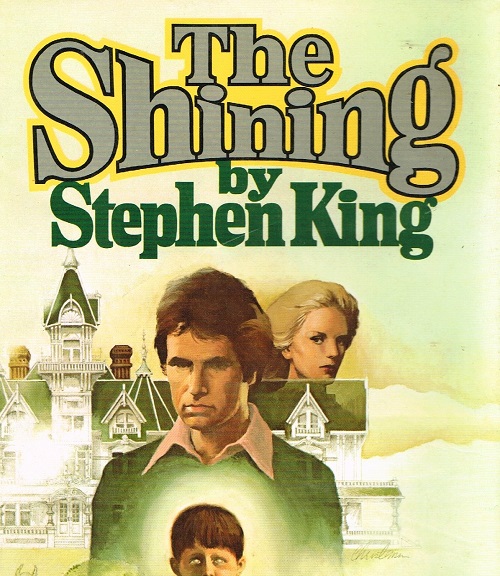
With that said, despite The Shining being one of King’s biggest-selling works, it’s arguable that more people at least know the movie, even if they’ve never seen it.
[rtk_adunit_middle]
Add to that the fact that the movie includes the line “Here’s Johnny!”, which is the thing most people think of when asked to name something about The Shining.
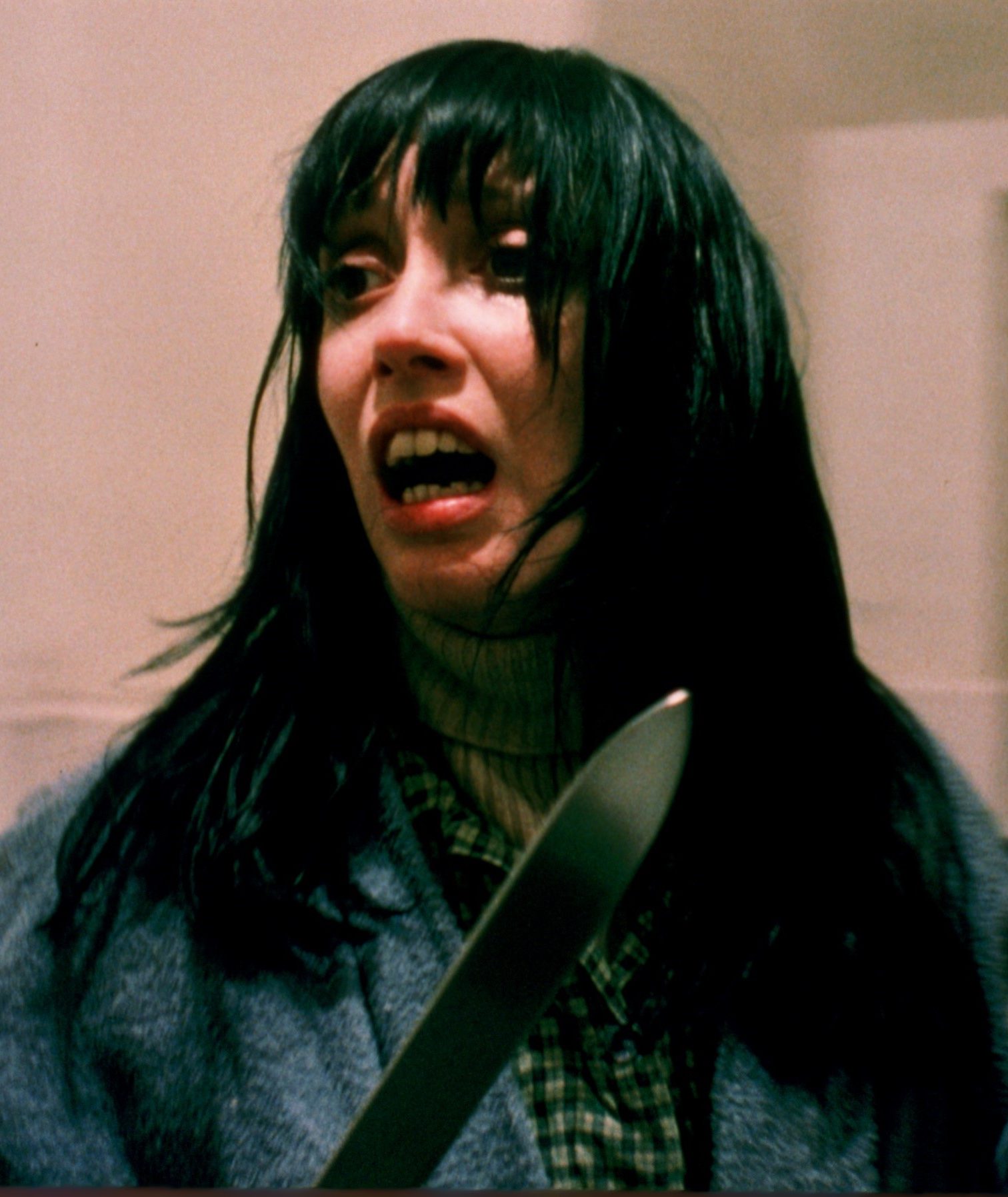
This line isn’t present anywhere in the book, and was even improvised on set rather than appearing in the script, so the fact that it’s become so iconic is a point in the movie’s favour.
[rtk_adunit_bottom]
12. Jurassic Park
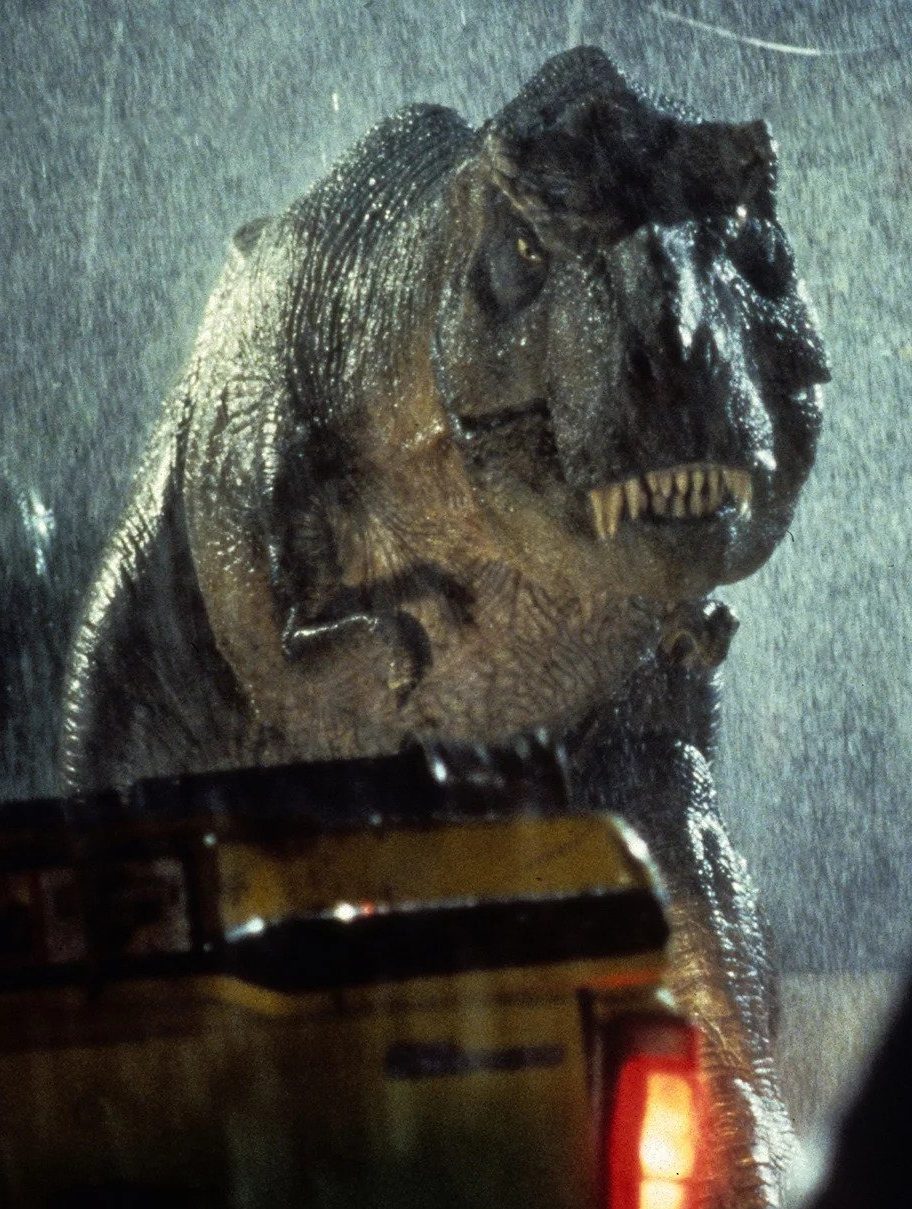
Jurassic Park is another movie that is so widely known and so immensely successful, that many people don’t know it was a novel first at all.
[rtk_adunit_top]
First published in 1990, it was written by Michael Crichton, novelist and filmmaker behind Westworld.
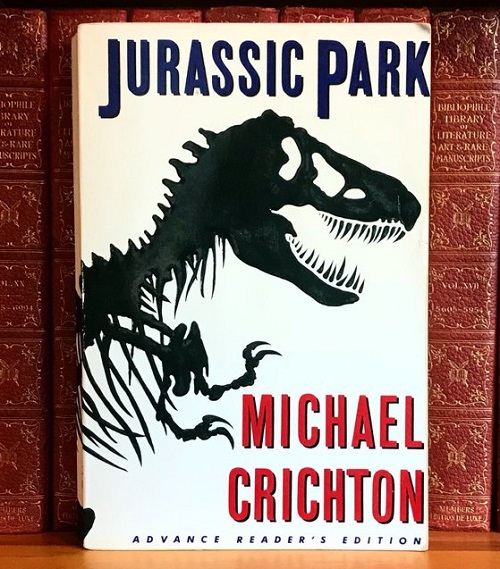
The two follow almost the exact same story, except for the fact that the palaeontologist Ellie Satler becomes a grad student, and Lex becomes a needy younger sister rather than a genius hacker.
[rtk_adunit_middle]
The full-tilt action obviously works better on film, and the next-level characterisation brought by actors like Jeff Goldblum ensured this became the start of a worldwide phenomenon.
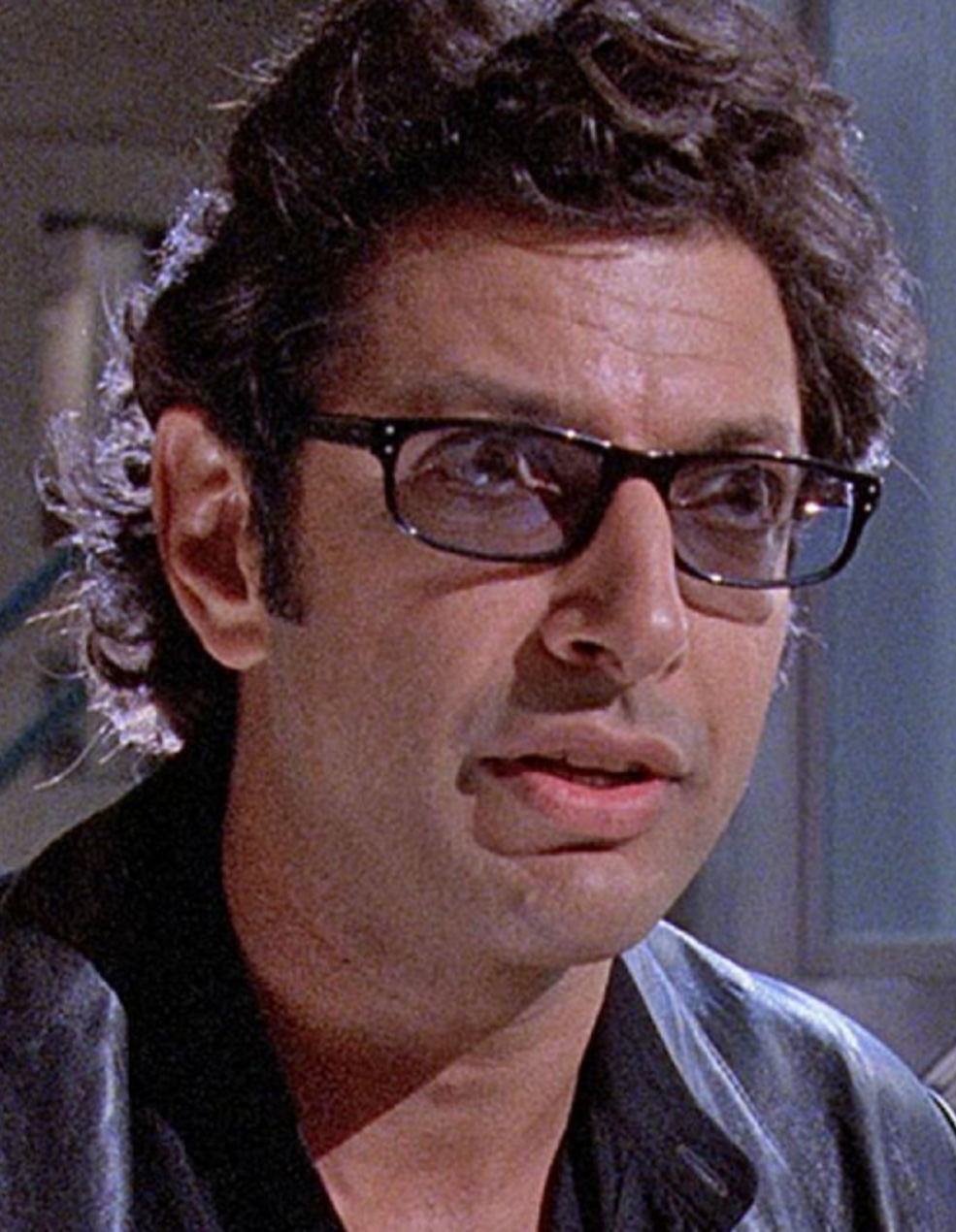
All in all, it’s not a bad legacy for what began life as a schlocky story about dinosaurs.
[rtk_adunit_bottom]
11. Who Framed Roger Rabbit
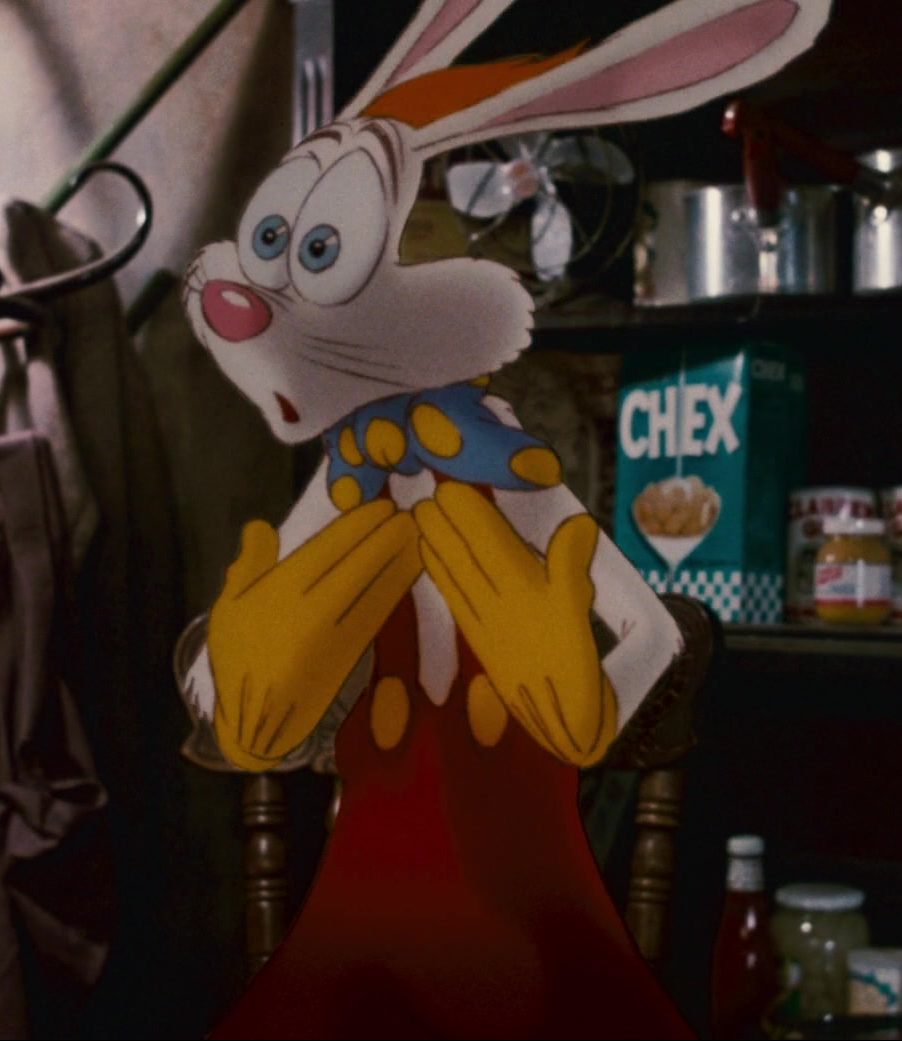
Most adaptations change things in the journey from page to screen, but few book-to-movie transitions change as much as Who Framed Roger Rabbit.
[rtk_adunit_top]
The novel the movie is based on is Who Censored Roger Rabbit?, a 1981 novel by Gary K. Wolf.
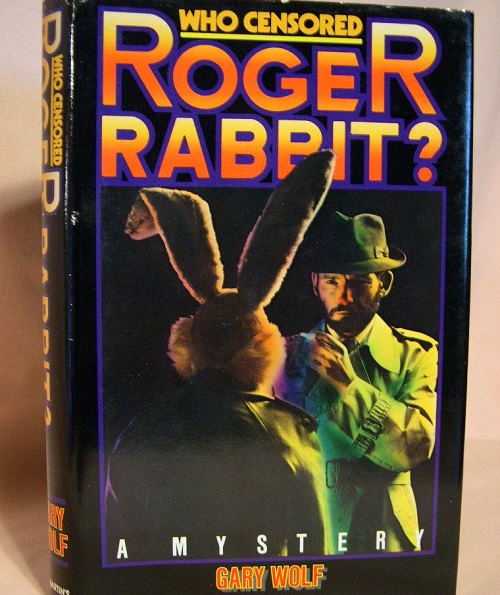
The original story follows a fraud plot in which the murder of Roger Rabbit is investigated by a jaded detective, commissioned by the studio who allegedly killed him.
[rtk_adunit_middle]
There’s no fiendish secret cartoon villain, the cartoon characters speak in speech bubbles, and the whole book is a much more direct metaphor for racism and segregation.
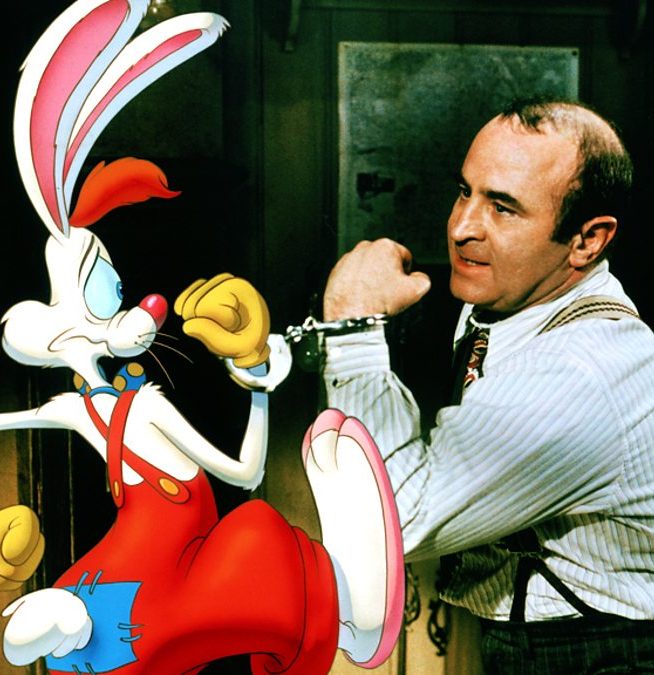
It’s a long and complex read with a ton of worldbuilding, while the movie rightfully focuses on the heartwarming growing relationship between Roger and Eddie.
[rtk_adunit_bottom]
10. Sahara
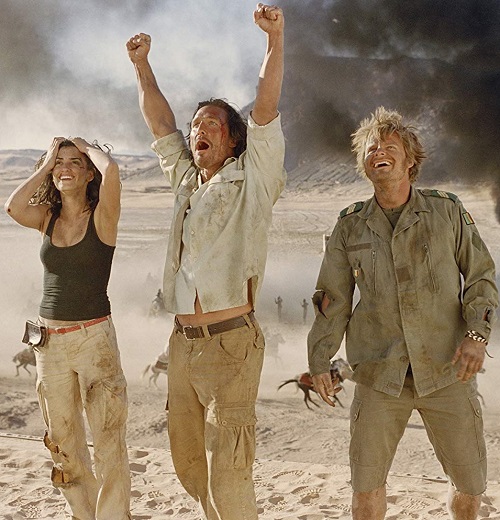
Matthew McConaughey tried – and sadly failed – to launch his own action-adventure franchise with the 2005 movie Sahara.
[rtk_adunit_top]
Based on the 1992 novel of the same name, Sahara is one among a very long list of adventures by author Clive Cussler centred on sea-faring adventurer Dirk Pitt.
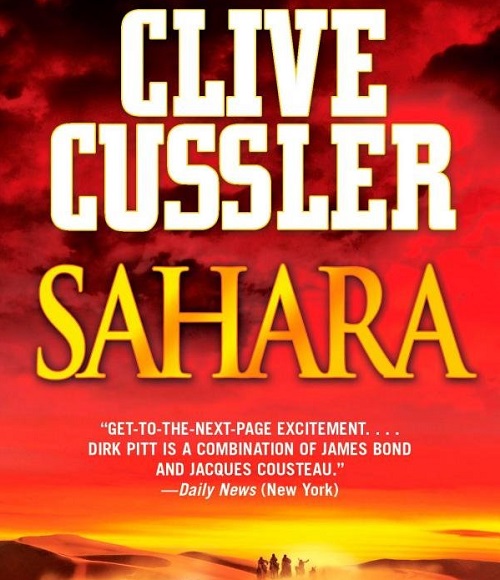
With hindsight, it might not have been the brightest move to introduce a hero who’s typically based at sea with a story set almost entirely in the famed African desert.
[rtk_adunit_middle]
Even so, the movie takes little from the novel beyond the name and the central characters – and this isn’t a bad thing, because if they’d filmed it as originally written, it never would have been the light-hearted Indiana Jones-esque adventure movie it became.
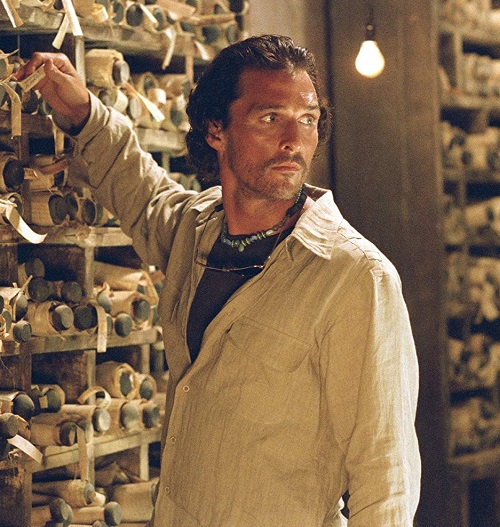
Cussler’s novel is far more straight-faced, plus much darker and nastier: where the movie shows the people of Mali being poisoned by their water supply, the novel gives them a virus that sends them into violent fits of rage 28 Days Later-style.
[rtk_adunit_bottom]
9. American Psycho
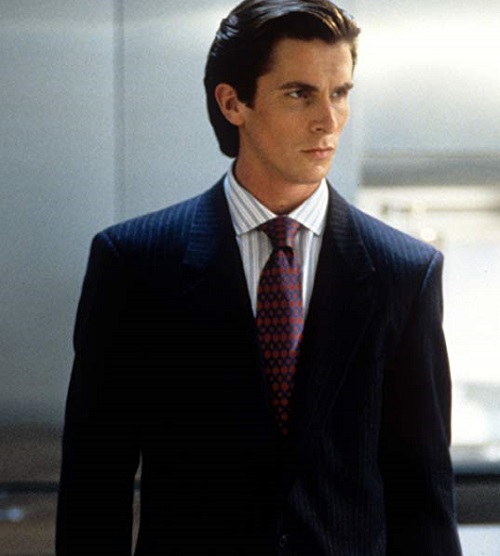
The 1991 novel American Psycho by Bret Easton Ellis was massively controversial on release, and still enjoys much the same notoriety almost 30 years later.
[rtk_adunit_top]
It’s another book that was widely dismissed as impossible to film, until director Mary Harron cracked it with Christian Bale in the lead role of Patrick Bateman.
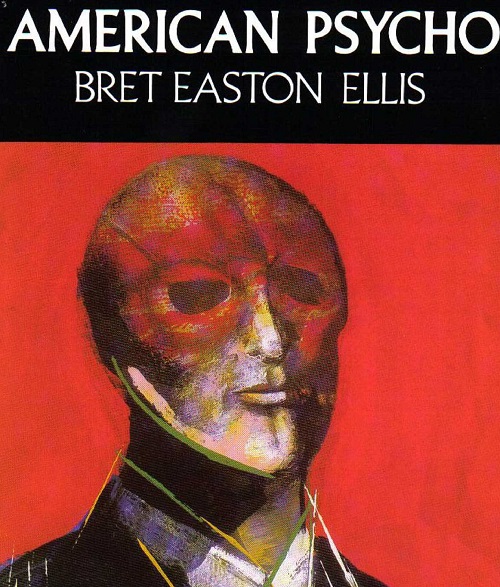
The novel is an endurance test for the reader, fluctuating between the minutiae of Bateman’s affluent Wall Street lifestyle, or going into excruciating detail on his horrific crimes.
[rtk_adunit_middle]
Wisely, the movie side-steps the gory details for the most part, with comparatively little on-screen bloodshed, instead emphasising the satirical humour of the piece.
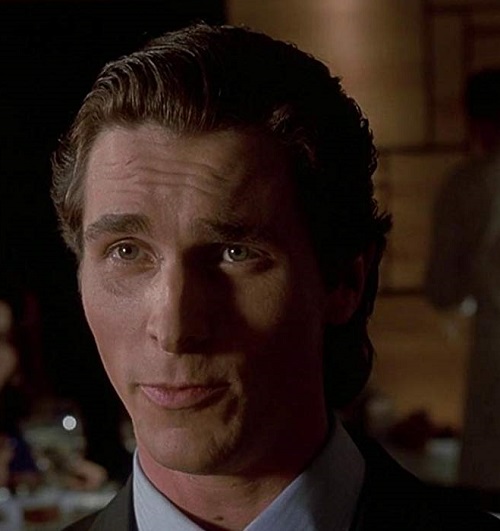
This comparatively restrained approach allows the focus to remain where it really belongs: on the dialogue and characters, in particular Bale’s repulsive yet undeniably charismatic representation of the murderous yuppie Bateman.
[rtk_adunit_bottom]
8. John Carter
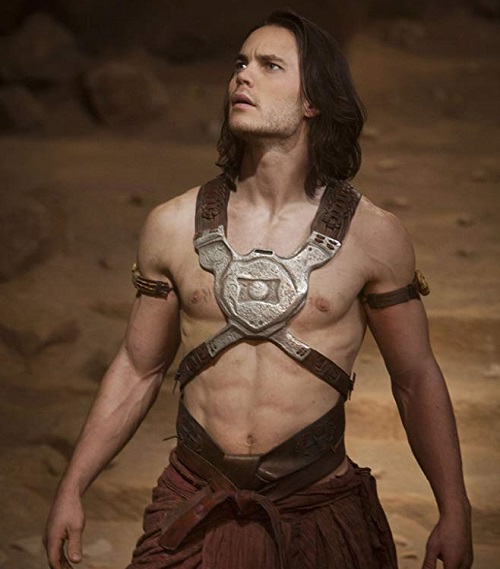
It may have flopped disastrously on release in 2012, but John Carter is one of those movies whose reputation would seem to be improving with time.
[rtk_adunit_top]
Its arrival in cinemas marked the 100th anniversary of the source novel, A Princess of Mars by Edgar Rice Burroughs, which launched a series of other-worldly adventures featuring the hero John Carter.
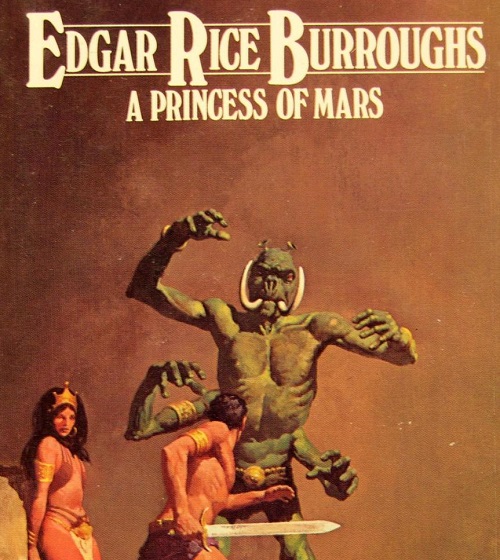
However, as groundbreaking as the story’s ideas may have been at the time, the prose and characterisations are really quite dry and tedious by modern standards.
[rtk_adunit_middle]
The movie gives far more life and dimension to its protagonists, in particular the titular hero Carter (Taylor Kitsch) and the Princess of Mars herself, Dejah Thoris (Lynn Collins).

Unfortunately, given how heavily the John Carter novels have influenced the past century of space-based fantasy (Flash Gordon, Star Wars, Avatar etc.), the final film left many viewers feeling they’d seen it all before.
[rtk_adunit_bottom]
7. The Last of the Mohicans
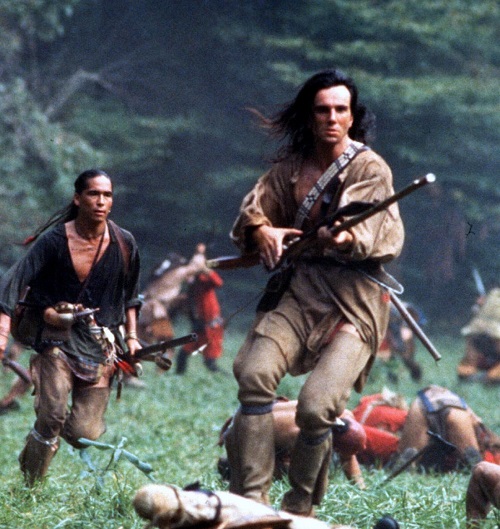
James Fenimore Cooper’s 1826 novel The Last of the Mohicans may be held up as a classic of American literature, but many would agree it’s really not that great a book.
[rtk_adunit_top]
It’s long-winded, not especially well-written, and perhaps most disconcertingly seems designed to justify the colonisation of the Americas at the expense of the ousted indigenous peoples.
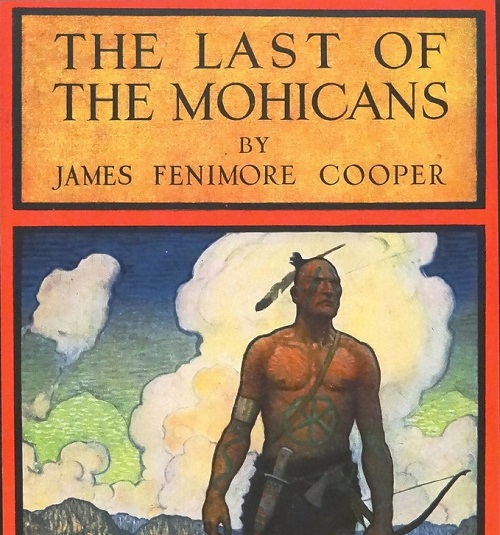
As such, director Michael Mann’s 1992 adaptation made a point of diverging from the novel in many respects, in fact borrowing more heavily from an earlier film adaptation of the novel released in 1936.
[rtk_adunit_middle]
Vast swathes of Cooper’s unwieldy narrative are omitted, whilst many of the film’s greatest strengths were the invention of the filmmakers.
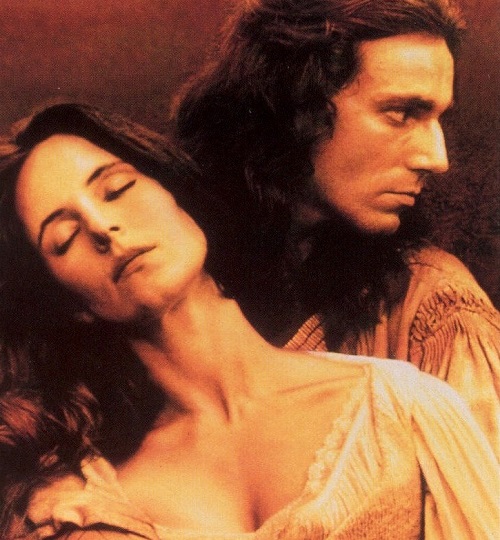
Perhaps most notably, the passionate romance between Hawkeye and Cora Munro – surely the most memorable aspect of the film – was not part of the original novel.
[rtk_adunit_bottom]
6. The Prestige
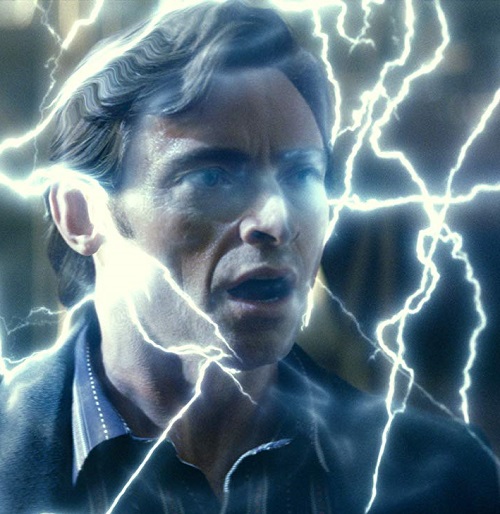
In between Batman Begins and The Dark Knight, Christopher Nolan helped cement his reputation as one of the premier 21st century directors with this adaptation of Christopher Priest’s novel.
[rtk_adunit_top]
First published in 1995, the novel tells the story of a bitter rivalry between two 19th century stage magicians, which plays out over the course of many years.
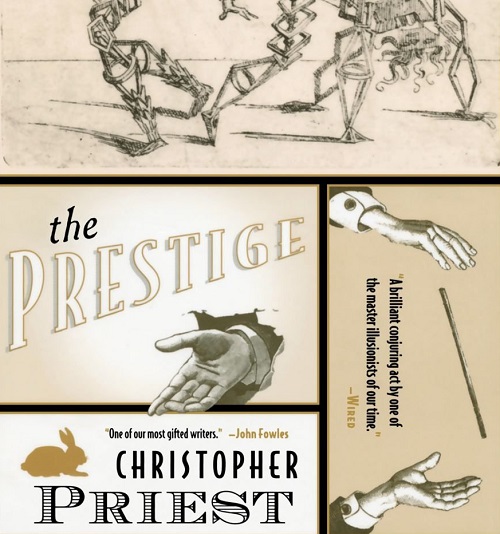
The novel frames this story in an epistolary fashion: i.e. it is presented as diary entries from both magicians, discovered many years later by their great-grandchildren.
[rtk_adunit_middle]
However, the movie wisely opts to ditch the framing mechanism of the present day sequences, and keeps the focus on the feud itself in the period setting.
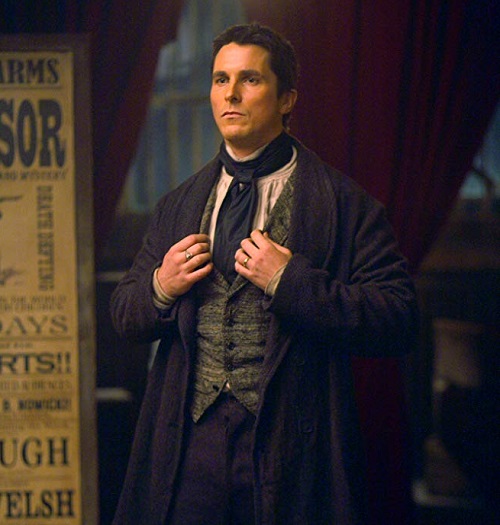
The movie also omitted a subplot centred on spiritualism, and presented a more personal connection between the rival illusionists.
[rtk_adunit_bottom]
5. Starship Troopers
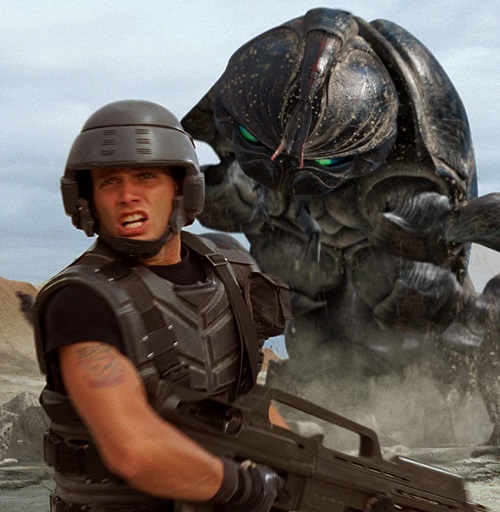
Thanks to his classics RoboCop and Total Recall, director Paul Verhoeven has long been synonymous with brutal, high-octane sci-fi action movies boasting a sly satirical edge.
[rtk_adunit_top]
This was very much true of Verhoeven’s 1997 film Starship Troopers, based on the 1959 novel by acclaimed sci-fi author Robert A. Heinlein.
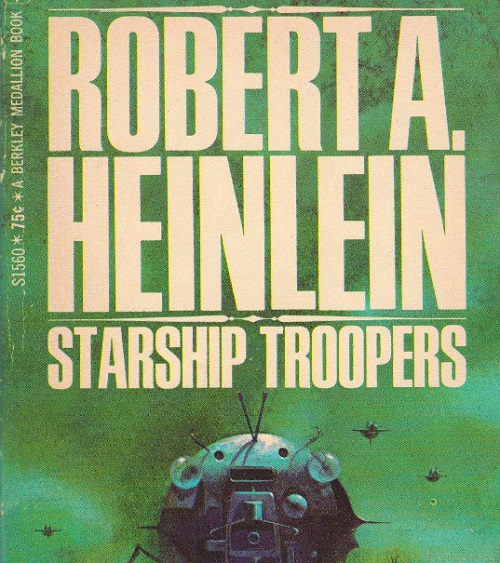
On paper, the film seems a largely faithful adaptation of the novel: set in a distant future, it centres on young trooper Johnny Rico as he rises through the ranks of the Mobile Infantry in the war against the dreaded ‘bugs’ from the planet Klendathu.
[rtk_adunit_middle]
However, where Verhoeven approaches the story’s hard-lined military-based society with his tongue squarely in his cheek, Heinlein seemed to be entirely serious about it.
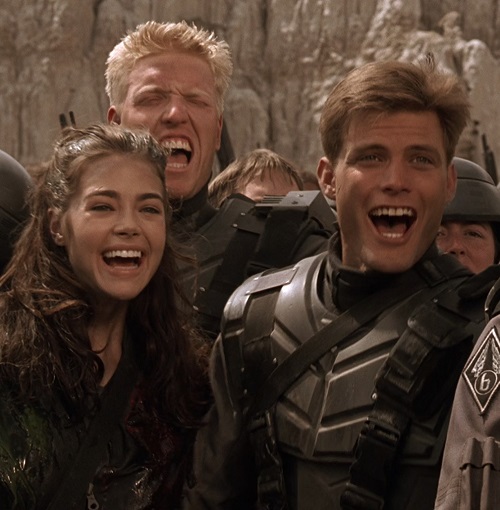
Where most agree that the book advocates militarism, capital and corporal punishment and more besides, the film pokes fun at these attitudes and those who hold them dear.
[rtk_adunit_bottom]
4. Dr Strangelove
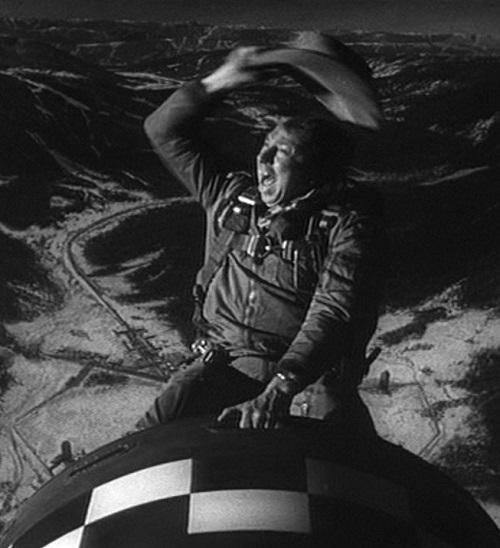
Stanley Kubrick’s 1964 classic Dr Strangelove, or: How I Learned to Stop Worrying and Love the Bomb has long been held up as one of the greatest comedies of all time, and a key film from one of cinema’s greatest directors.
[rtk_adunit_top]
However, things might have been very different had Kubrick and company adhered more closely to their source material.
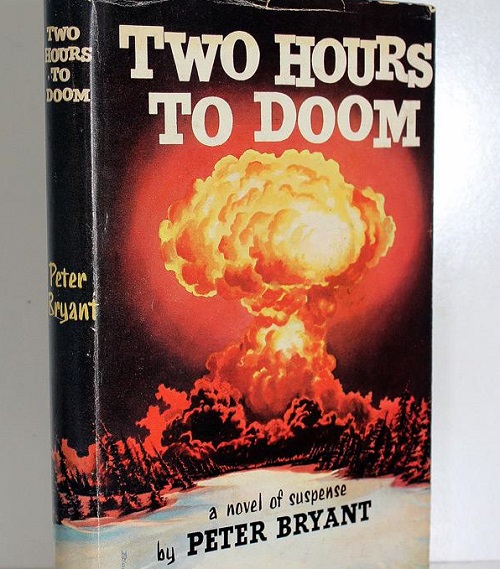
Dr Strangelove is a very loose adaptation of the 1958 novel Red Alert by Peter George (which, confusingly, was originally published as Two Hours to Doom under the pen name Peter Bryant).
[rtk_adunit_middle]
The novel follows the same essential beats as the movie, with nuclear war declared over misunderstandings – but in the book, this is played entirely straight.
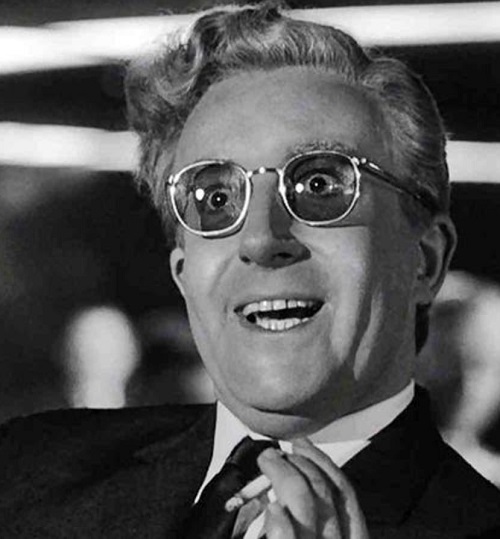
Recognising the darkly comedic potential of the premise, the movie instead plays it for laughs, yet in so doing it never sacrifices the message.
[rtk_adunit_bottom]
3. The Godfather
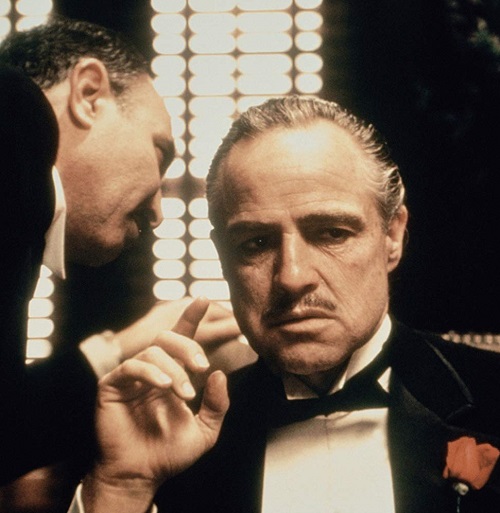
There can’t be too many people who would dispute that Francis Ford Coppola’s 1972 classic The Godfather is truly one of the greatest ever works of cinema.
[rtk_adunit_top]
However, there are considerably fewer people who would insist that Mario Puzo’s original 1969 novel enjoys a similar status in the annals of literature.

Puzo’s decade-spanning portrait of a mafioso family presents a compelling world, but the author’s style is somewhat workmanlike in comparison with Coppola’s elegant film treatment.
[rtk_adunit_middle]
Where in the novel the characters come off fairly simple and easy to dislike, the exemplary performances of Marlon Brando, Al Pacino, James Caan and Robert Duvall find nuance and humanity within.
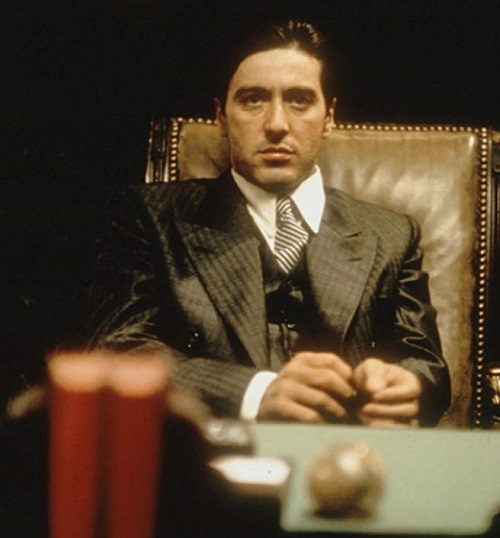
Though a huge seller on release, we’d have to question whether the novel would be anywhere near as well-remembered today were it not for the movies.
[rtk_adunit_bottom]
2. Ready Player One
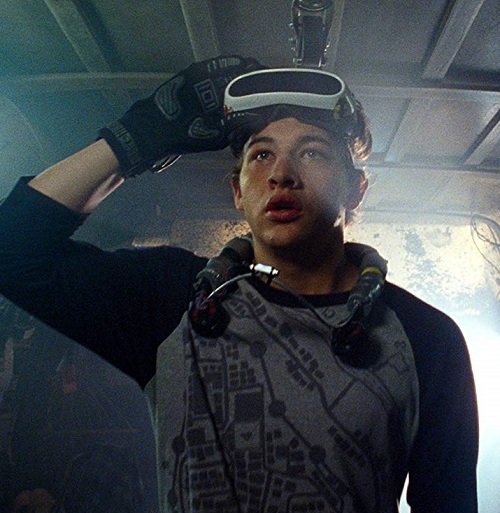
Since its publication in 2011, Ernest Cline’s debut novel Ready Player One has been one of the most talked-about sci-fi books of recent times.
[rtk_adunit_top]
Cline’s book has drawn more than its share of criticism, both for its simplistic prose and over-emphasis on nostalgia.
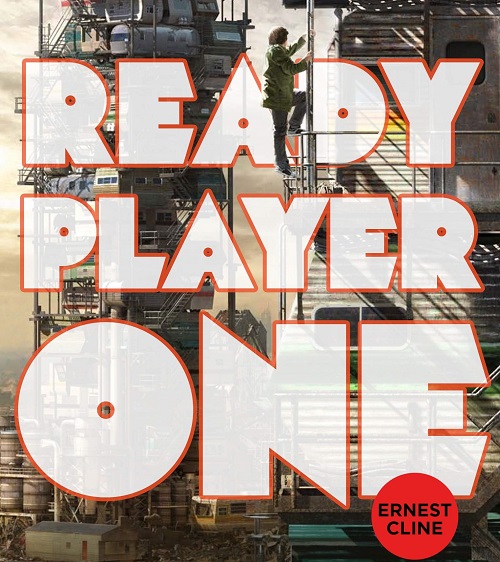
Happily, Steven Spielberg’s 2018 adaptation significantly revises a lot of the novel’s more problematic content, whilst still following the same essential narrative structure.
[rtk_adunit_middle]
For one, the movie presents completely different challenges for Wade/Parzival and his fellow ‘High Five’ members to solve in search of the all-important keys; it’s hard to envisage the challenges working on film as originally written.
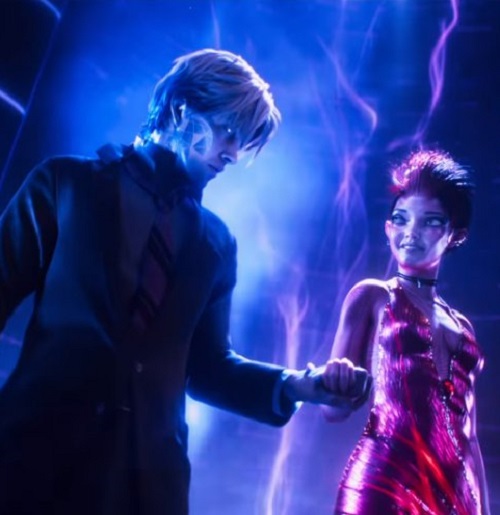
Also, Wade/Parzival’s relationship with Art3mis/Samantha is made considerably stronger, making her a more active part of the adventure early on. The novel’s worrying overtones of cyber-stalking are also done away with.
[rtk_adunit_bottom]
1. The Lord of the Rings
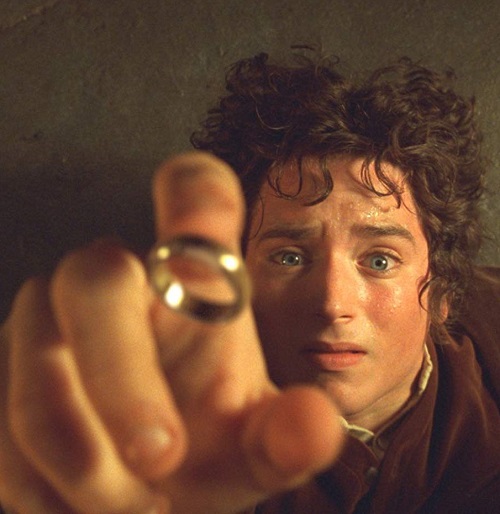
J.R.R. Tolkien’s epic fantasy novel (technically three books, written between 1937 and 1949) is without question one of the most influential works of fiction published in the 20th century.
[rtk_adunit_top]
Even so, while its popular impact may be undeniable, there’s a considerably bigger question mark over whether it’s really so great a work of fiction as its devotees would have us believe.
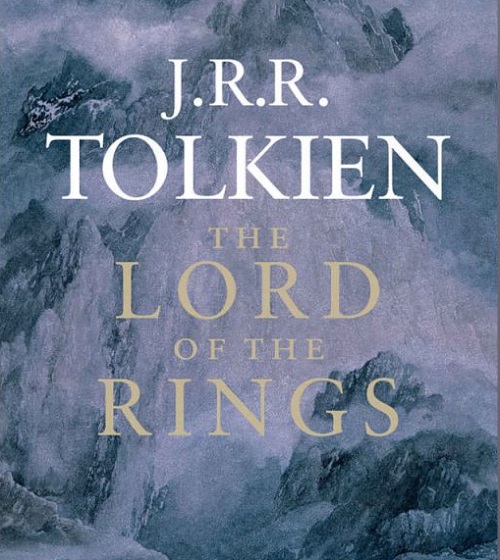
For many, Tolkien’s world-building mythic vision is undermined by his repetitive, overblown prose and his two-dimensional characterisations, all of which gets increasingly tiresome given the sheer length of his novel.
[rtk_adunit_middle]
Peter Jackson’s film trilogy might easily be found guilty of the same crimes, given they add up to more than nine hours of viewing (even if you’re watching the original theatrical cuts, rather than the DVD extended editions).
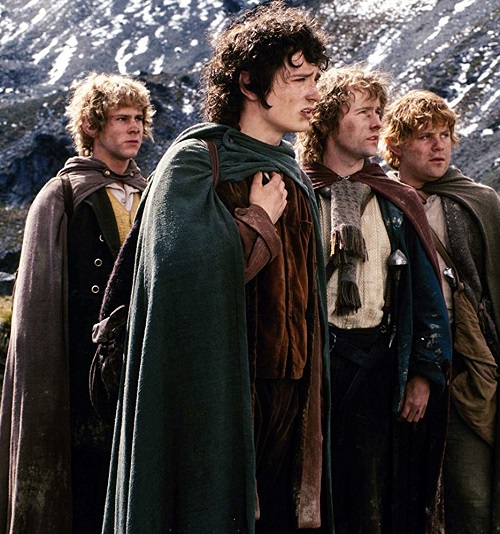
However, the majesty of the visuals and the power of the performances more than make up for any inherent issues with the source material.
[rtk_adunit_end]

